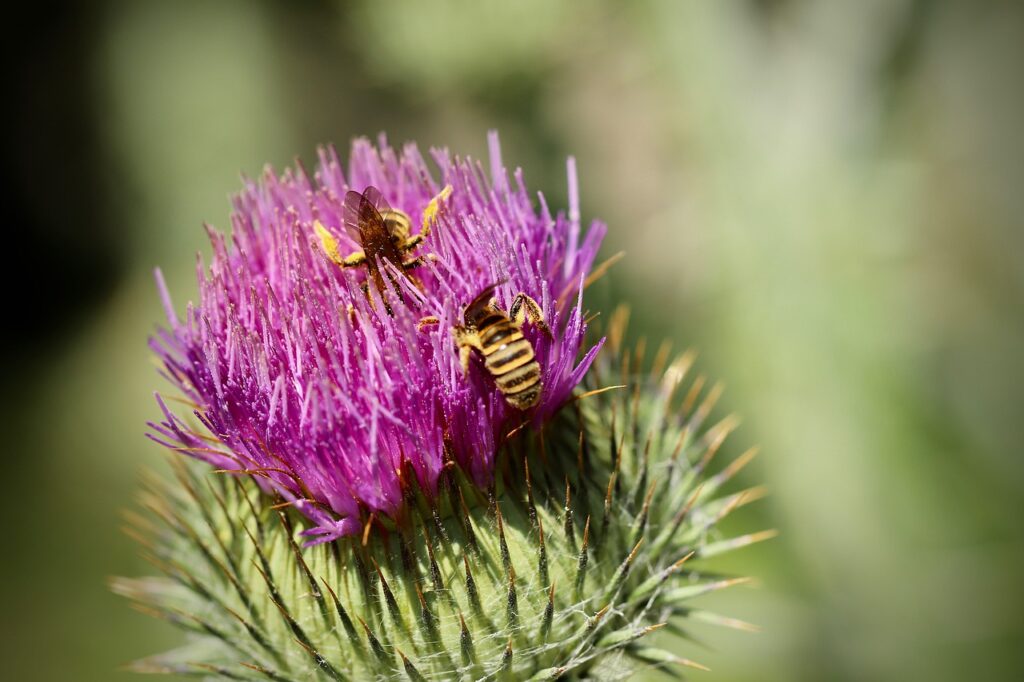Wildlife gardens are not only beautiful to look at, but they bring countless benefits to the environment, wildlife, and garden.
Keep reading for some tips on starting your very own wildlife paradise!

Ideas for Creating Your Wildlife Garden Paradise
Plants for Pollinators
Pollinators are essential for the reproduction of 90% of flowering plants.
To help these essential critters thrive, it is best to grow plants that are native to your location. These plants will be more accessible to pollinators and will have best adapted to the local growing season, climate, and soils.
Additionally, it is best to plant flowers in large patches; this can help pollinators conserve energy as they forage.
Another thing gardeners can do for pollinators and beneficial insects is to provide them with some shelter. For bees, this can be as simple as leaving a pile of logs in a corner of the garden. For other insects, you can use a variety of materials that are probably lying around like a wooden pallet, cardboard tubes, old flowerpots, pine cones, bark, straw, or twigs.
Avoid Chemical Pesticides
Although they provide a fast solution for obnoxious pests, chemical pesticides should not be used in a wildlife garden. Insects are the “essential backbone” of the garden, and chemical pesticides can be toxic to, not only the pests but also the beneficial insects that help the garden thrive.
Instead, try using natural pest control options. Some great ways to keep pests under control include:
- Companion planting: by growing plants that benefit each other closer together, you can help to keep pests under control.
- Natural predation: create an environment that will naturally provide pest control by creating habitats for garden wildlife.
- Handpicking: removing infestations by hand is a great, natural way to control pests and is great for any larger insects, slugs, and snails.
Plant a Wildflower Meadow
By planting a wildflower meadow, gardeners can reap the benefits of a beautiful garden without too much hassle and maintenance.
Planning for a wildflower meadow is essential. Gardeners should be sure to consider whether their wildflower meadow will be annual or perennial. Additionally, it is important to consider the soil conditions to ensure the best matches are made.
When planting, there are a few options to get started. Gardeners can either use wildflower seeds, turf, or plug plants. However, using wildflower seed is the cheapest option; plus this will allow for a greater mix to be placed throughout the garden.
Additionally, gardeners should prepare to sow their wildflower meadows in the fall or early spring to ensure the best results.
Get Started
There you have it; three great tips to help you get started on crafting your wildlife garden today. So, what are you waiting for? Spring will be here before you know it — time to get planning!
